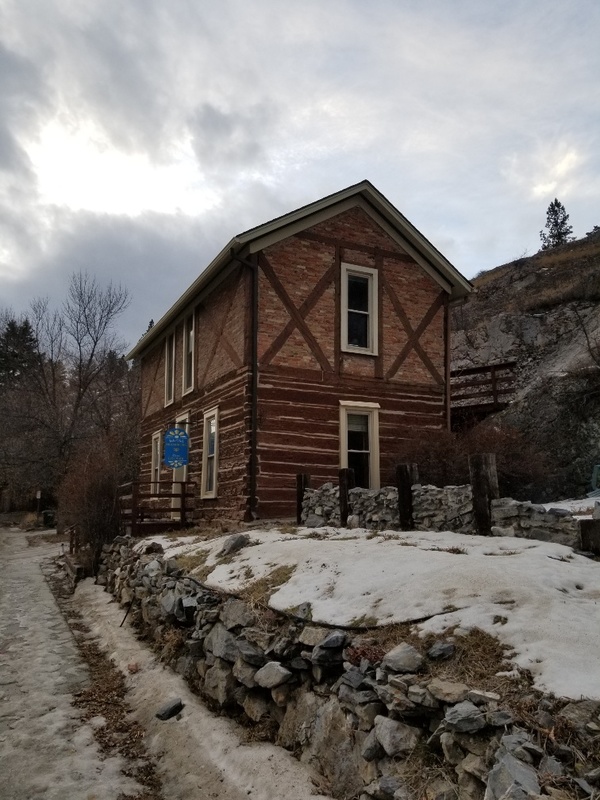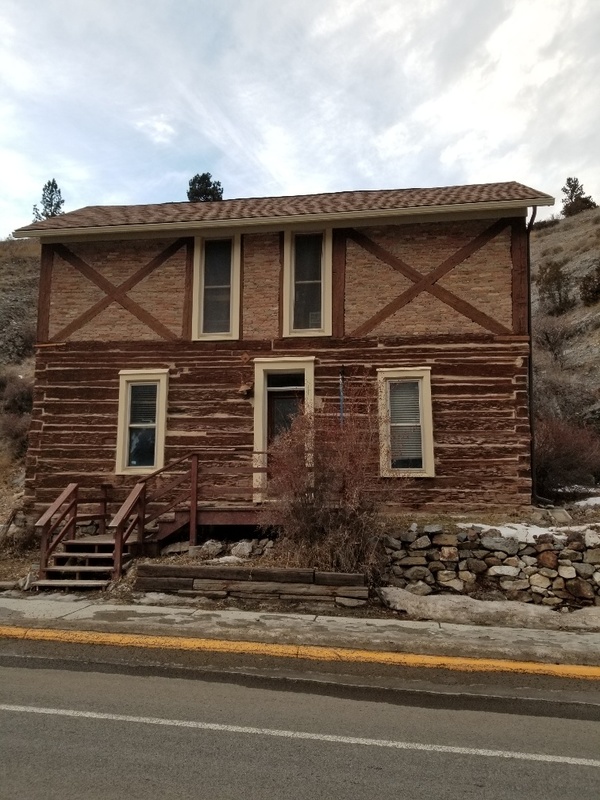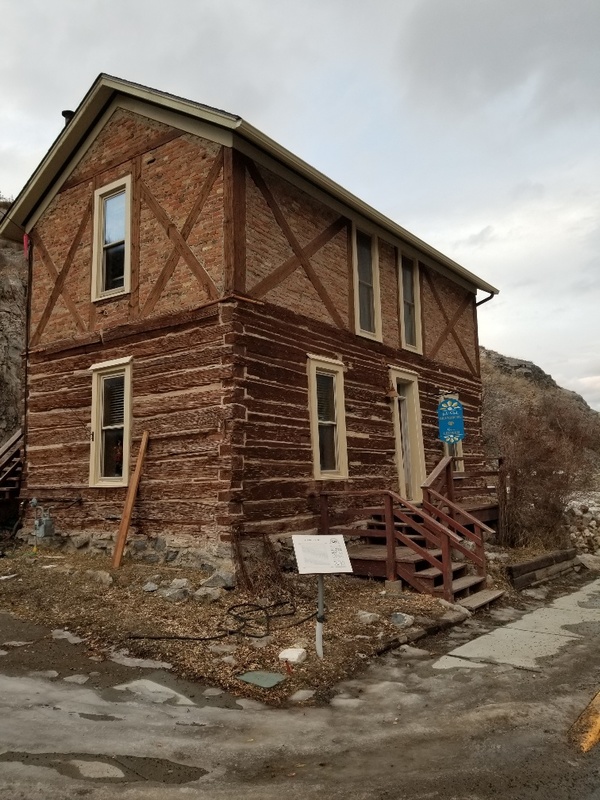Kluge House

This rare example of European half-timber construction in the midst of a Montana mining camp beautifully illustrates how pioneer buildings often reflected the cultural traditions of their builders. After distinguished service as an infantryman in two wars, German-born Emil Kluge came to the United States in 1871. He and his bride first settled in Detroit, where tales of gold discoveries soon drew the couple west. Kluge, his wife, and their small son arrived in Helena in 1873, where Kluge realized little profit in mining. He became one of Helena’s first policemen, served as constable, street commissioner, and justice of the peace, ran contracting and quarry businesses, and later became well-known across the state as secretary of the Masonic bodies of Montana. But it is this unassuming home that gave Emil Kluge an indelible niche in Montana history. Kluge brought his family to live in an 1860s cabin of hewn square logs. Salvaging timbers from a nearby abandoned flume, Kluge added the half-timbered upper story using a medieval building technique he learned in his native Prussia. It is one of only several such examples in the United States. Kluge lived here through the 1890s and the home was later abandoned. A target for vandalism and vagrants, it was stripped, defaced, and nearly destroyed by fire. Locals dubbed it “the Maverick” because it stood alone. The City of Helena purchased the forgotten treasure and state and federal funding allowed initial restoration in the early 1970s. The building has been privately owned since 1988.
Images


